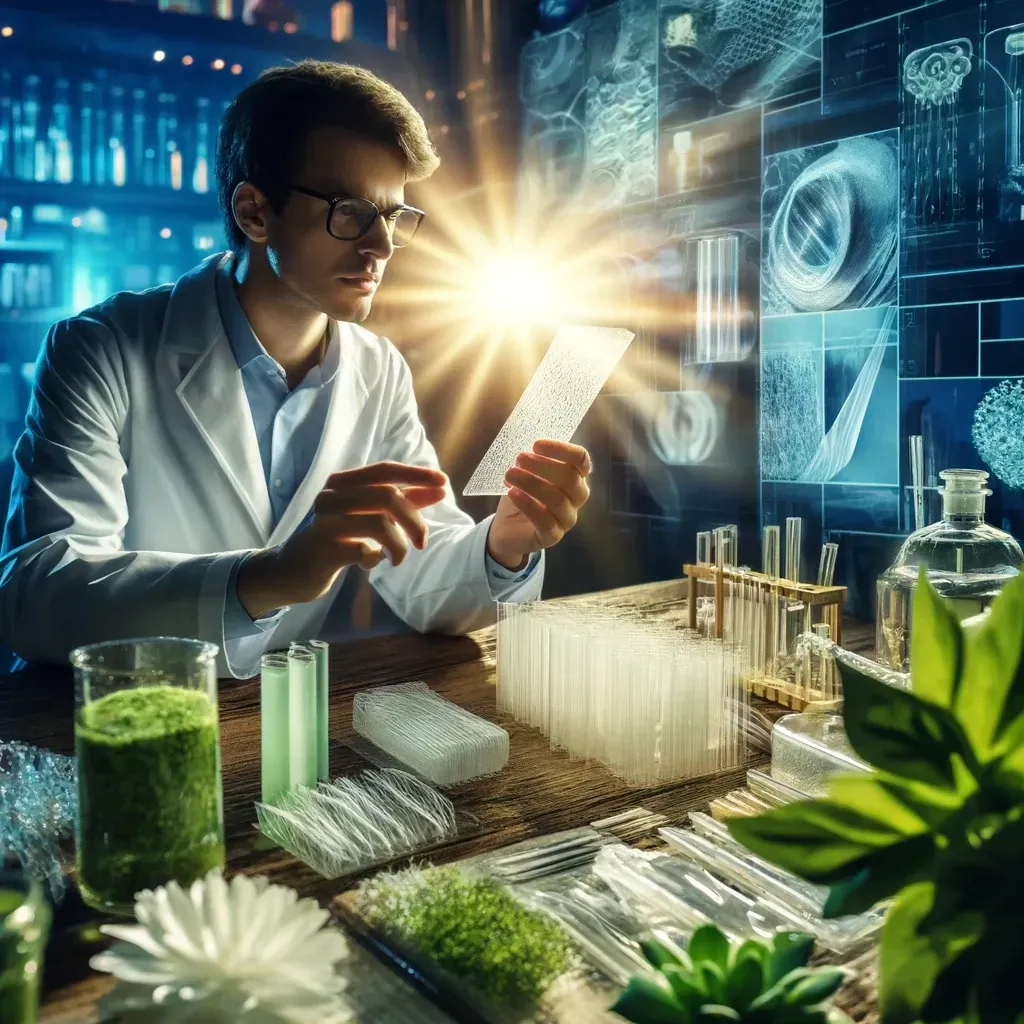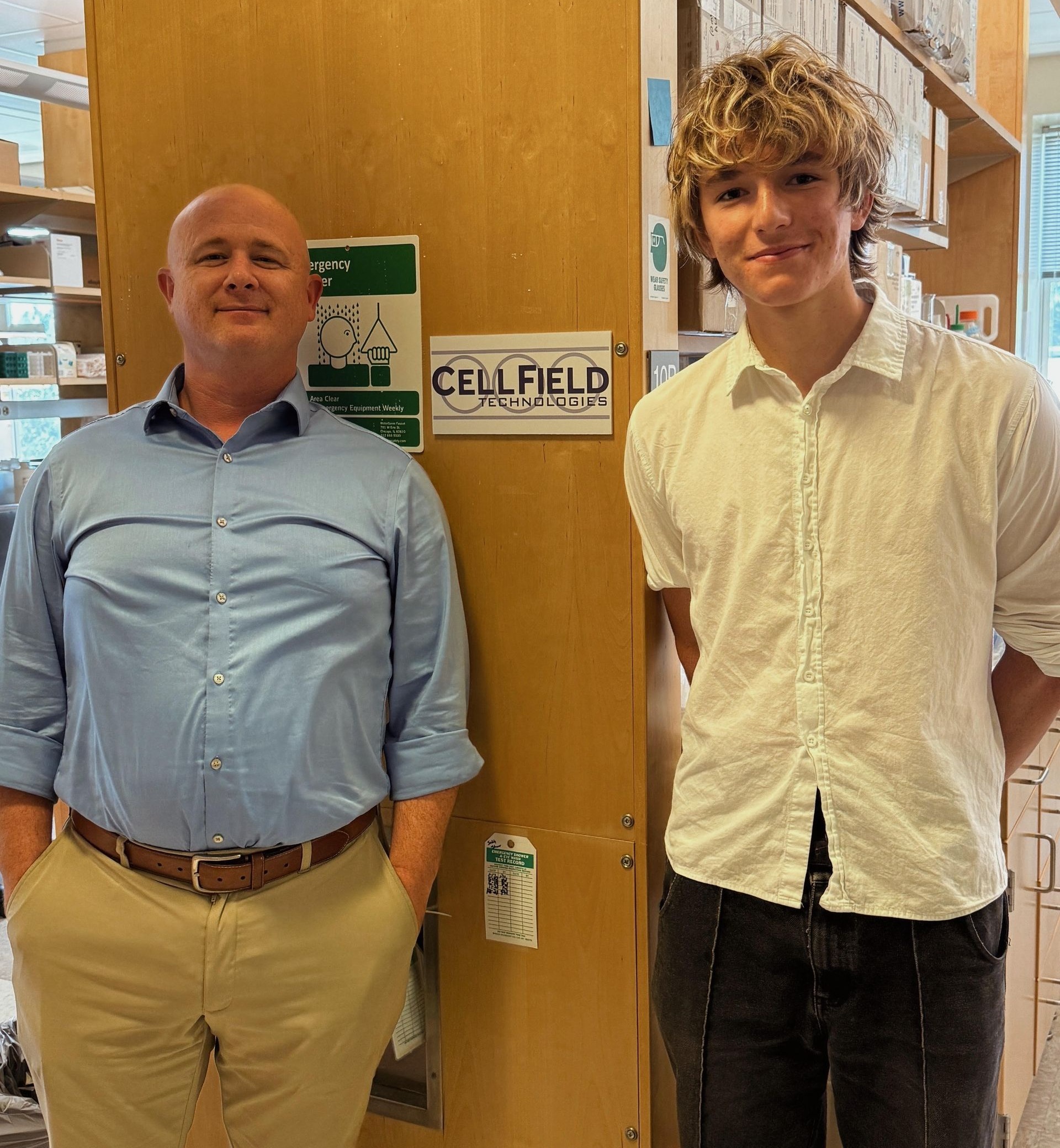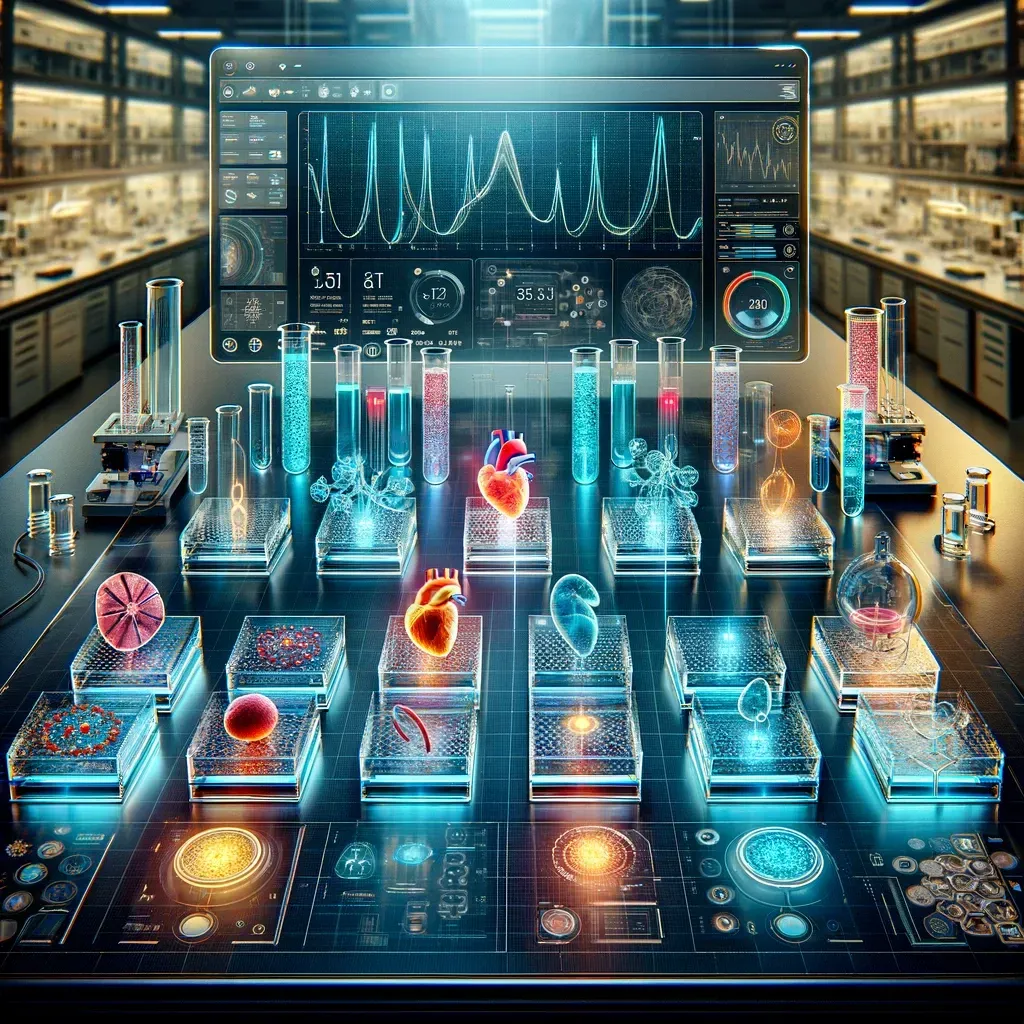Turning the Tide on Plastic Pollution: The Biotechnological Revolution in Biodegradable Materials
How Innovation is Paving the Way for a Sustainable Future

In an era where plastic pollution has become one of the most pressing environmental issues, the quest for sustainable solutions is more urgent than ever. With millions of tons of plastic waste entering our oceans annually, the impact on marine life, ecosystems, and human health cannot be overstated. The need for alternatives to traditional plastics has never been more critical.
Biodegradable vs. Traditional Plastics
Biodegradable materials offer a promising solution to this crisis. Unlike traditional plastics, which can take hundreds of years to decompose, biodegradable materials are designed to break down quickly and safely, often into harmless, natural compounds. This key difference not only helps reduce pollution but also contributes to a cycle of sustainability.
Success Stories in Biodegradable Material Development
One notable success story is the development of biodegradable films and containers from algae. These materials dissolve harmlessly in water, leaving no toxic residue. Another breakthrough comes from using agricultural waste as a feedstock for producing bioplastics, turning potential waste problems into sustainable solutions.
Tissue Engineering and Biodegradable Medical Devices:
In the realm of tissue engineering, CellField Technologies has been a pioneer, utilizing biodegradable scaffolds in its tissue models. Such applications highlight the dual benefits of biodegradability — environmental responsibility and medical efficacy. Beyond the laboratory, biodegradable materials are increasingly found in medical devices such as sutures, stents, and implants. These devices are designed to perform their healing function and then safely dissolve, reducing the need for additional surgeries and minimizing long-term complications.
Future Laboratory Applications: Though more rare, some progressive laboratories are beginning to explore biodegradable options for petri dishes, pipette tips, and other disposable items. The challenge remains to balance biodegradability with the stringent sterility and performance standards required in scientific research. However, with ongoing advancements and increasing environmental awareness, the scope for wider adoption looks promising.
Challenges
Despite these advances, the path to widespread adoption of biodegradable materials is fraught with challenges. Issues such as cost, scalability, and consumer acceptance must be addressed. Moreover, the development of standards and certifications for biodegradability is crucial to prevent misleading claims and ensure environmental benefits. As technology advances, the future of biodegradable materials looks promising. With ongoing research and innovation, the goal of replacing traditional plastics with sustainable alternatives is becoming increasingly achievable. The biotech industry stands at the forefront of this change, offering hope for a cleaner, more sustainable world.
Biotech News




